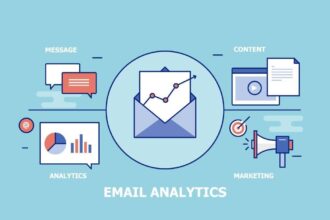 Researchers say pharmaceutical and other life sciences companies are ramping up their uses of
Researchers say pharmaceutical and other life sciences companies are ramping up their uses of
 Researchers say pharmaceutical and other life sciences companies are ramping up their uses of analytics tools to help identify and take advantage of new market opportunities. This includes the use of analytics to identify gaps in treatment options as well as the need for specific types of drugs and therapeutic treatments.
Researchers say pharmaceutical and other life sciences companies are ramping up their uses of analytics tools to help identify and take advantage of new market opportunities. This includes the use of analytics to identify gaps in treatment options as well as the need for specific types of drugs and therapeutic treatments.
Regulatory changes and other seismic industry shifts are helping to fuel interest in analytics tools. Blockbuster pharmaceutical developments such as Lipitor, the cholesterol-reducing treatment sold by Pfizer, and Plavix, used to treat atherosclerosis and sold by Bristol-Myers Squibb Sanofi, have generated billions of dollars in revenues for life sciences companies. Still, such discoveries and commercial successes are few and far between.
Meanwhile, billions of dollars worth of pharmaceutical products are expected to go off patent over the next few years and be subject to generic invasion. As pharmaceutical and life sciences companies develop strategies aimed at extending patents and stifling generic competition, biomedical companies need to find ways to identify new market opportunities. This can be done through the savvy use of analytics tools that are targeted squarely at new product development as well as identifying market gaps and other opportunities.
These pressures, combined with the rise of big data, are leading a growing number of pharmaceutical firms to explore the use of social analytics and collaborative analytics. For instance, during the recent Care Innovations Summit in Washington, D.C., seven challenges involving innovation and the use of open data were announced, with prizes ranging from $50,000 to $100,000. The prizes, offered by industry giants such as Sanofi-Aventis and Pfizer, are aimed at encouraging researchers and data scientists to come up with new ideas for products, apps, and startups.
Such competitions, aided by advances in social and collaborative analytics, are making it possible for pharmaceutical and life sciences companies to generate an eruption of new ideas.
Dennis Urbaniak (@DUrbaniak), Vice President of U.S. Diabetes at Sanofi-Aventis, says that his company’s $100,000 prize offering has “yielded ideas in six months that would have taken four to five years to develop at ten times the cost,” according to a blog on Huffington Post. For instance, the company’s 2011 challenge winner, Ginger.io, a behavior analytics company that helps patients and healthcare companies manage diseases, now has seven employees and has raised $1.7 million in seed funding, according to the Huffington Post blog.
Indeed, analytics are playing a significant role in the development of personalized medicine. According to PharmExecBlog, several big pharmaceutical companies continue to invest in personalized medicine, which is focused on individualized treatment based on personal and genetic variations. Roche, for example, reported in February 2011 that it had 12 new molecular entities in late stage development, six of which were potential personalized medicines.
Pharmaceutical and life sciences companies have just started to scratch the surface of possibilities with their uses of analytics. The path ahead promises additional discoveries and tremendous excitement.
Next Steps
Check out our recent webcast that discusses how life science companies can use analytics tools to uncover trends, patterns and unexpected insights hidden in clinical, operational and safety data to get safe products to market faster and ensure greater regulatory compliance, while also reducing clinical development costs.







